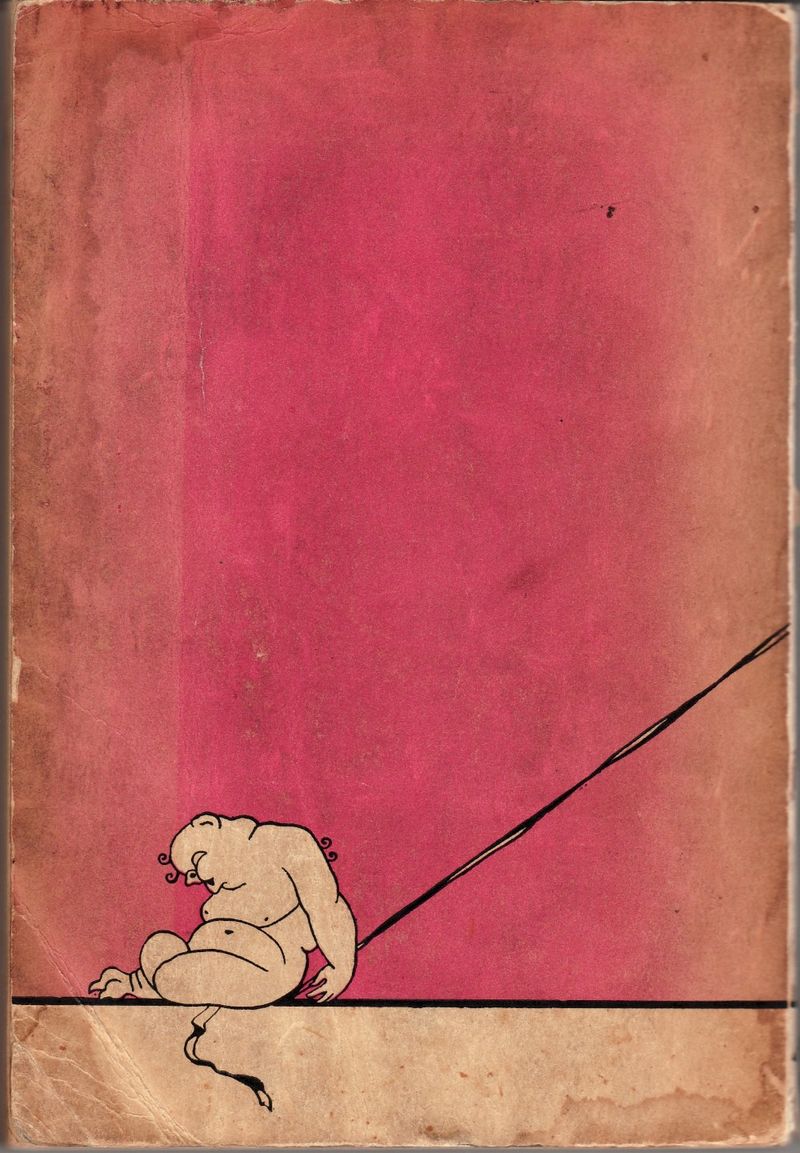'This innocent country set you down in a ghetto in which, in fact, it intended that you should perish.' —James Baldwin, 'My Dungeon Shook—Letter to my Nephew on the One Hundredth Anniversary of Emancipation'
'A favela um inferno, Oh Jerusalém.' —Asian Dub Foundation, '19 Rebellions,' a track about the Carandiru massacre
In 2009 Honduras was the site of the first military coup in Latin America since 1993.
Desperate family members and mourners of the victims crowded around the prison's barbed wires, where police did not hesitate to disperse them with tear gas canisters and fires shot into the air, as the Honduran El Heraldo reported.
Honduran journalist Osmán Reyes Pavón tweeted that survivors of the fire said police were reluctant in coming to their aid, corresponding to other reports that firefighters demurred in reaching the victims because gunshots were fired into the air.
The mainstream press has widely disclosed the fact that Honduras is the murder capital of the Americas and that many of the incarcerated men were gang members. That does nothing to diminish the unspeakable horror of their last hours. And while the thought of human beings being suffocated and burned alive em masse in their cages without hope for escape chills the spine, Pavón also says that some prisoners were still awaiting sentencing and 'could have died innocent.'
Whatever the discrete cause of this nightmare it is inarguable that the incompetence and disastrous neglect of the prisoners' rights led to their collective death.
Comayagua firefighters' spokesman Josue Garcia said there were 'hellish' scenes at the prison and that desperate inmates had rioted in a bid to escape the flames. 'We couldn't get them out because we didn't have the keys and couldn't find the guards who had them,' he said.
We should recall the Carandiru massacre in São Paulo's Casa de Detenção where 102 of 111 dead prisoners were killed by direct gunshots fired by the military police. Zero of the 68 police were killed, and inmates who had already surrendered in their cells were also killed:
When the police shock troops invaded, after gaining control of the [prison revolt] situation, they forced prisoners to strip naked and executed dozens of them, including many who were trying to hide under their beds. No police were injured by gunfire, undermining the official story that the police engaged in a 'shootout.' The police commander (Col. Ubiratan Guimarães), who continues to advance this version of events, was elected to the São Paulo State Legislative Assembly.
If severe overcrowding and the structural violence of the penal system were to blame for the Carandiru massacre, which has become an indelible pockmark on Brazilian history (and mythologized in a motion picture), we can expect a similar outcome in Honduras.
Meanwhile, Palestinian prisoner Khader Adnan, a leader of the Islamic Jihad movement, has been on a full hunger strike that is approaching two months. Adnan has refused meals continuously as a protest against his detention without charge or trial since his arrest in December 2011.
Physicians for Human Rights issued a report (on the same day as the infernal massacre in Comayagua) about Adnan's protest of the 'harsh and degrading treatment and torture he claims he was subjected to at the hands of Israeli authorities.' In it the doctors who examined him describe that shackled to his bed by both legs and one arm, Adnan has lost 30 kilos (roughly 66 pounds) and 'suffers from stomach aches, vomiting, sometimes with blood, and headaches, slight bleeding from the gums, dry skin, loss of hair, and significant muscular atrophy.'
Institutional state violence of the scale that we have come to know it (in both the global South and the global North) appears like a nearly insurmountable knoll, one that the public (beyond those directly and indirectly involved with prisoners' rights) glimpses on the occasion of a disaster. But if the judicial, police, and incarceration complex can execute Troy Davis, send Khader Adnan to his death without charge or trial, shoot more than a 100 Brazilian prisoners to death point-blank, and fail to save more than 350 Honduran inmates in a ghastly fire, then the enterprise itself is the real disaster. Securitizing an immured prison population without providing adequate assurance that they will not die passively, helplessly, and caged is a historical scar that implicates us all.
